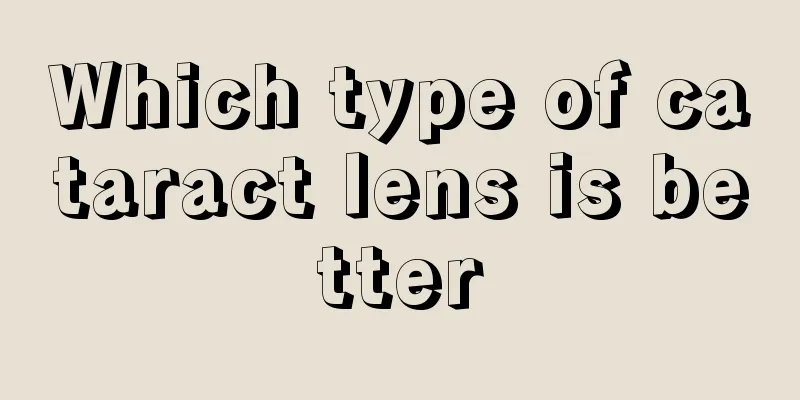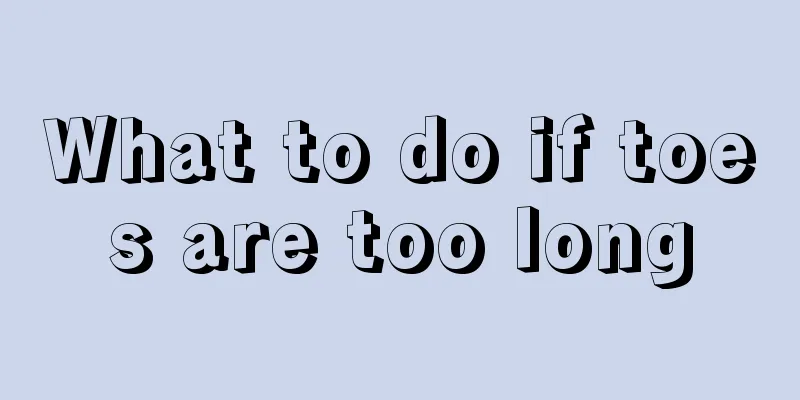Symptoms of Spondyloarthritis

|
Joints are the parts that connect our limbs. It is the existence of these joints that allows our bodies to move flexibly. However, if we do not pay attention to protecting the joints, some diseases may occur, especially when we do not pay attention to keeping warm and often engage in strenuous exercise. There are many types of joint diseases, and spinal arthritis is one of them. This disease can cause us to have difficulty in moving and affect our work and life. If we have this disease, we should seek timely treatment. Let us take a closer look at its symptoms. What are the symptoms of spondyloarthritis? Spondyloarthritis can also be called seronegative spondyloarthropathy. This is a relatively common chronic rheumatic disease. However, some patients experience buttock pain. In the early stages, patients generally experience alternating hip pain symptoms, and some patients may develop scoliosis. This symptom develops in the later stages as the disease progresses. Severe patients may even develop an arc-shaped spinal deformity. Patients may experience paroxysmal low back pain, chest pain, and hip pain in the morning. These are some common clinical symptoms of joint discomfort. It also manifests itself in the skin and mucous membranes of the human body, generally causing psoriasis or purulent keratosis in patients. Symptoms of spinal osteoarthritis include localized pain, stiffness, and radicular pain. Local pain is mainly caused by the surrounding ligaments, joint capsule and periosteum. These changes may explain why symptoms may spontaneously fluctuate in the setting of persistent or progressive cartilage damage and tympanic formation. Spasm of the muscles around the spine is a common cause of pain and may be the main cause. Radicular pain may be due to nerve root compression or represent referred pain from the skin relative to the site of the primary injury. It is not uncommon for nerve root compression to cause neuropathy. It may be caused by bone spurs compressing the intervertebral foramen and damaging the nerve roots, or degenerative lateral protrusion of the intervertebral disc, or subluxation of the facet joint causing narrowing of the intervertebral foramen and affecting the nerve roots. Compression of a nerve root may cause radicular pain, paresthesias, and changes in reflexes and motor function. This type of neurological complication is most common in the cervical spine because the spinal canal and intervertebral foramen in this area are inherently smaller. Thoracic nerve root compression can cause radiating radicular pain in a band-like distribution along the chest wall and should be differentiated from symptoms caused by other diseases. Involvement of the lumbar nerve roots manifests as low back pain and other neurological symptoms and signs, which are often located according to the distribution of the nerves. Involvement of the 3rd and 4th lumbar nerve roots can cause weakened or absent knee reflexes; disappearance of the stepping reflex indicates involvement of the 1st nerve, and loss of sensation in the anteromedial side of the lower limb indicates compression of the 4th lumbar nerve root; involvement of the 5th lumbar nerve root causes changes in sensation in the anterolateral side of the lower limb and the medial side of the foot, as well as weakened dorsiflexion of the big toe of the foot. Compression of the 1st sacral nerve causes abnormal sensation in the posterior and lateral sides of the calf and the lateral side of the foot, and may also be accompanied by weakness of the rectal muscles. Currently, spinal arthritis can generally be treated by selectively giving patients some non-steroidal anti-inflammatory drugs, which can mainly effectively relieve the symptoms of joint pain and stiffness. However, many anti-inflammatory drugs generally cause symptoms of gastrointestinal discomfort, so patients are generally advised to take them after meals. If the patient's condition is more serious, it is generally necessary to selectively give the patient some oral glucocorticoids. Patients can be given injections of long-acting corticosteroids. Most people can be cured after a period of treatment. Patients can also receive some surgical treatment, which can effectively alleviate the symptoms of deformity and pain in patients. If the cervical vertebrae joints are compressed by large bone spurs or herniated discs at the back, more serious neurological symptoms may occur. Upper motor neuron and other long fascicle signs may be seen. Compression of the anterior spinal artery may produce central spinal symptoms. If a large bone spur compresses the vertebral artery, it may lead to cerebral insufficiency, with the same symptoms and signs as basilar artery insufficiency. If the neck posture changes, large bone spurs compress the vertebral artery, often causing symptoms to worsen. Carotid artery and pulsatility angiography aid in diagnosis. |
<<: What are the symptoms of spring bamboo shoot poisoning
>>: Causes of pain in the inner shoulder
Recommend
Are there bacteria in the urine that has just been excreted?
As we all know, there may be bacteria in all part...
The main symptom of rectal cancer is blood in the stool
Rectal cancer is a common type of cancer. The mai...
How to choose Pu'er tea?
Pu'er tea is a cooked tea. Not only does the ...
Is leprosy hereditary?
Leprosy is a highly contagious disease, but it is...
What are the advantages of interventional treatment for liver cancer
In recent years, liver cancer has become one of t...
800m running tips for girls
For girls, running is a very painful thing, espec...
How to treat a pituitary tumor
There are many methods that can be used to treat ...
How long is the shelf life of toothpaste?
Toothpaste is something we use in our daily life....
Fire needle treatment of hemangioma
Hemangioma is a very common disease in daily life...
Does the unclear border of low-density shadow in the right liver lobe necessarily mean liver cancer?
Is it true that the low-density shadow with uncle...
Will thyroid cancer removal affect life expectancy?
For every thyroid cancer patient, they will worry...
How to clean removable dentures
Many people will install dentures after their tee...
What does chicken blood counteract
When killing animals, people often keep the blood...
Why do I need to take medicine for dull pain in the liver area?
Dull pain in the liver area refers to pain around...
What should the husband do when his wife is pregnant
At this time, the husband must be mentally prepar...









